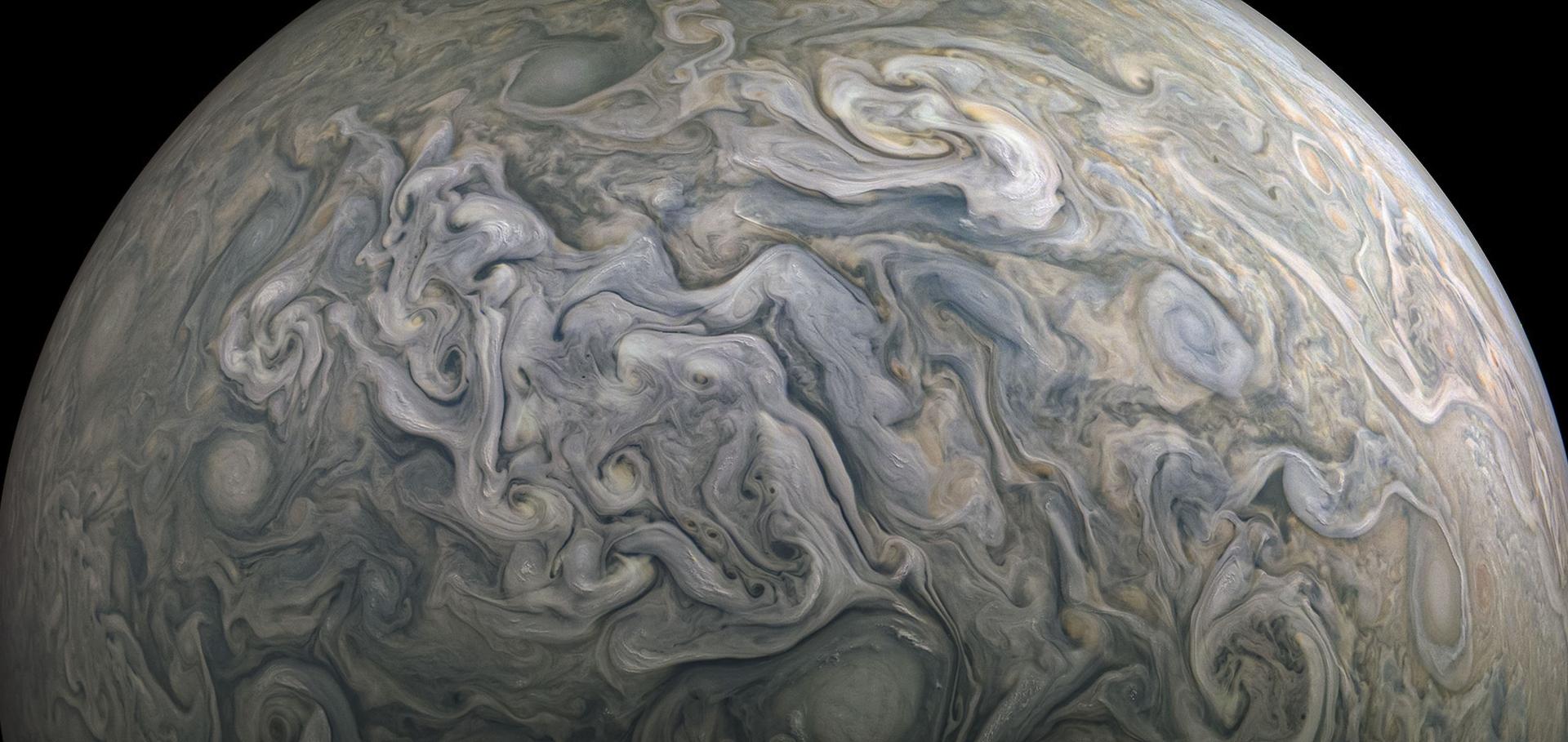SPEEDY-NEMO: performance and applications of a fully-coupled intermediate-complexity climate model
Climate Dynamics Springer 62:5 (2024) 3763-3781
Abstract:
A fully-coupled general circulation model of intermediate complexity is documented. The study presents an overview of the model climatology and variability, with particular attention to the phenomenology of processes that are relevant for the predictability of the climate system on seasonal-to-decadal time-scales. It is shown that the model can realistically simulate the general circulation of the atmosphere and the ocean, as well as the major modes of climate variability on the examined time-scales: e.g. El Niño-Southern Oscillation, North Atlantic Oscillation, Tropical Atlantic Variability, Pacific Decadal Variability, Atlantic Multi-decadal Variability. Potential applications of the model are discussed, with emphasis on the possibility of generating sets of low-cost large-ensemble retrospective forecasts. We argue that the presented model is suitable to be employed in traditional and innovative model experiments that can play a significant role in future developments of seasonal-to-decadal climate prediction.Predictability of Indian Ocean precipitation and its North Atlantic teleconnections during early winter
npj Climate and Atmospheric Science Springer Nature 6:1 (2023) 17
Separating the Indian and Pacific Ocean Impacts on the Euro-Atlantic Response to ENSO and Its Transition from Early to Late Winter
Journal of Climate American Meteorological Society 34:4 (2021) 1531-1548
Response of Early Winter Precipitation and Storm Activity in the North Atlantic–European–Mediterranean Region to Indian Ocean SST Variability
Geophysical Research Letters Wiley 52:20 (2025) e2025GL116732
Abstract:
Plain Language Summary: We investigate how the variability in the Indian Ocean Sea Surface Temperature in autumn, known as the Indian Ocean Dipole (IOD), influences the precipitation regime and storm activity in the North Atlantic, Europe, and Mediterranean regions during the winter season. Our results indicate that IOD variability triggers December shifts in atmospheric pressure over these regions and alters precipitation patterns, influencing the frequency and intensity of precipitation events. The strongest impacts are observed at mid‐latitudes, with storm activity decreasing over the Eastern Atlantic and Western Mediterranean. These storm changes are tied to stronger temperature contrasts between the north and south part of the domain, which produce significant changes in the vertical wind shear. Our study further supports the idea that Indian Ocean variability may influence the early winter weather in Europe and the Mediterranean—an important insight for improving sub‐seasonal to seasonal forecasts.Saudi Rainfall (SaRa): hourly 0.1° gridded rainfall (1979–present) for Saudi Arabia via machine learning fusion of satellite and model data
Hydrology and Earth System Sciences Copernicus Publications 29:19 (2025) 4983-5003


